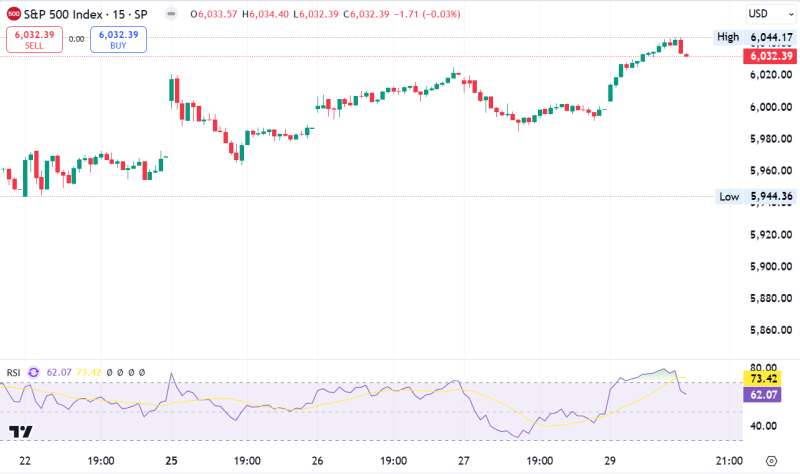
Oil Prices Rise to $84.02 Amid U.S. SPR Replenishment Plans
Quick Look:
U.S. speculation of replenishing its SPR supported a rebound in oil prices, with Brent crude at $84.02 and WTI at $79.53;
Market volatility persists, impacted by U.S. Fed’s steady interest rates and potential ceasefire in the Middle East;
Future oil prices hinge on U.S. economic policies, strategic reserves adjustments, and OPEC+ output decisions.
Oil prices experienced a notable increase on Thursday, rebounding from a sequence of losses spanning three days. This upturn was primarily fueled by speculation that recent price dips might encourage the United States—the world’s foremost crude consumer—to replenish its Strategic Petroleum Reserve (SPR). Consequently, this would establish foundational support for crude prices. Amid these developments, Brent crude futures for July ascended by 58 cents, marking a 0.7% increase to $84.02 a barrel. Simultaneously, June’s U.S. West Texas Intermediate (WTI) crude rose by 53 cents, or 0.7%, reaching $79.53 a barrel by early morning trading hours.
Oil Falls 3% Following Fed’s Rate Decision; Hits 7-Week Low
Despite the positive momentum on Thursday, the oil market endured a sharp 3% drop on Wednesday. It hit a seven-week low after the U.S. Federal Reserve maintained steady interest rates. This decision casts potential shadows over economic growth prospects for the year, potentially curtailing increments in oil demand. An unexpected increase in U.S. crude inventories and the burgeoning prospects of a ceasefire between Israel and Hamas further pressured crude prices. This could alleviate some geopolitical supply concerns in the Middle East.
Strategic Moves and Future Outlook
The strategic calculus of the U.S. involving the SPR is becoming a focal point for market observers. Following a historic depletion of this reserve in 2022, the U.S. administration has signalled its intention to replenish it, targeting purchases at or below $79 per barrel. This move is seen as a tactical effort to mitigate price volatility and secure national energy needs.
Moreover, the oil market’s dynamics are intricately linked with geopolitical developments. An example is the ongoing negotiations for a ceasefire in Gaza led by Egypt. Despite the complex geopolitical tableau, including the Israeli Prime Minister’s commitment to continued military actions in Gaza, market analysts offer insights. Vandana Hari, for instance, suggests that any sustained optimism regarding a ceasefire might continue to exert downward pressure on crude prices.
The direction of oil prices will likely hinge on the interplay between U.S. economic policies, strategic reserves adjustments, and evolving geopolitical scenarios. Additionally, the ongoing supply adjustments by OPEC and its allies should provide a bulwark against significant price declines. Analysts anticipate that OPEC+ will maintain its output cuts through the latter half of the year, which will be crucial in the upcoming OPEC meeting on June 1st.
The oil market remains a complex ecosystem influenced by a myriad of factors ranging from economic policies to international relations. Stakeholders continue to monitor these developments closely, as each has the potential to sway market dynamics in the coming months significantly.
The post Oil Prices Rise to $84.02 Amid U.S. SPR Replenishment Plans appeared first on FinanceBrokerage.










